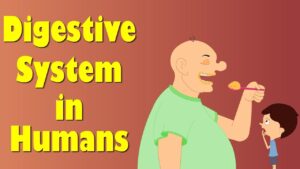What’s the first thing that comes to mind when you hear the word “fasting”? Now, there’s a good chance of thinking about gimmicky diets that claim to help you get the body of your dreams in no time. Well, the good thing is, research has pointed out that intermittent fasting goes beyond helping you get in shape, it also has the potential to improve your overall health. For the most part, intermittent fasting is occasional starvation done in a strategic manner. The big idea is to cycle between periods of regular eating and fasting, during which you drastically cut down your calorie intake. It’s good to point out that some people fast for hours (up to 16 or more) and during this time, their bodies experience an important change that’s unlikely to be felt by non-fasters. So How Does It Work? For starters, the energy gotten from food is usually stored in the liver as glycogen. But as you probably guessed, the reserves get incredibly low when you skip meals for about 10 to 12 hours. So what’s the side effect? Well, at such times, there’s a good chance of feeling more irritable than normal or let’s say you’re likely to get very hangry. But do you know the good thing? Low levels of glycogen cause fat cells in your body to release fats into your blood stream. Moving forward, the fat cells get transported to your liver and eventually gets converted to energy for the body and brain. It’s more like you living off fat to survive. How Intermittent Fasting Affects Us First off, a number of blood samples indicate that individuals who had fasted for 12 to 24 hours experienced up to a 60% increase in energy from fat. It’s however important to note that the most significant change occurred after 18 hours. For the most part, intermittent fasting puts us in a state of ketosis and that’s precisely researchers see it as the key to living a super healthy life. When the body starts to burn fat for energy, it releases chemicals known as ketones. And the good thing is, higher ketone levels can do a lot for your health. For instance, in the brain, these chemicals promote the release of an important molecule called brain-derived neurotrophic factor (BDNF). Essentially, this molecule works to build and strengthen both neurons and neural connections in parts of the brain responsible for learning and memory. This is exactly why an increase in ketone levels has been linked to better memory function in people with early signs of dementia. It’s also good to know that higher ketone production can provide relief to patients suffering from severe epilepsy. So is fasting the only way to boost ketone levels? Well, there’s still another way — you just have to add to cut back on carbs and eat more fatty foods. It’s however important to note that you’re likely to see greater results when you fast. In fact, scientists discovered that ketogenic diets can increase ketone levels by 4-fold while fasting has been shown to increase ketone production by up to 20-fold! Other studies have also indicated that intermittent fasting may reduce bad cholesterol or low-density lipoprotein (LDL). Moreover, this mode of fasting may increase insulin resistance which in turn, regulate blood sugar levels and keep you healthy. Periodic fasting has also been linked to lower risks of cancer, diabetes and heart disease. It could even reverse signs of aging! So what’s the point? Well, it’s pretty easy to see that intermittent fasting actually does more than keeping us in shape. In fact, fasting and ketosis have been one of the reasons for our survival as humans. And I’ll recommend you give it a try especially if you’re ready to stay mentally and physically healthy! ▶ Subscribe to the channel! – https://goo.gl/nJ8d6r Royalty free Pictures from www.pixabay.com www.pexels.com Royalty Free Music from Audio Library – No Copyright Music
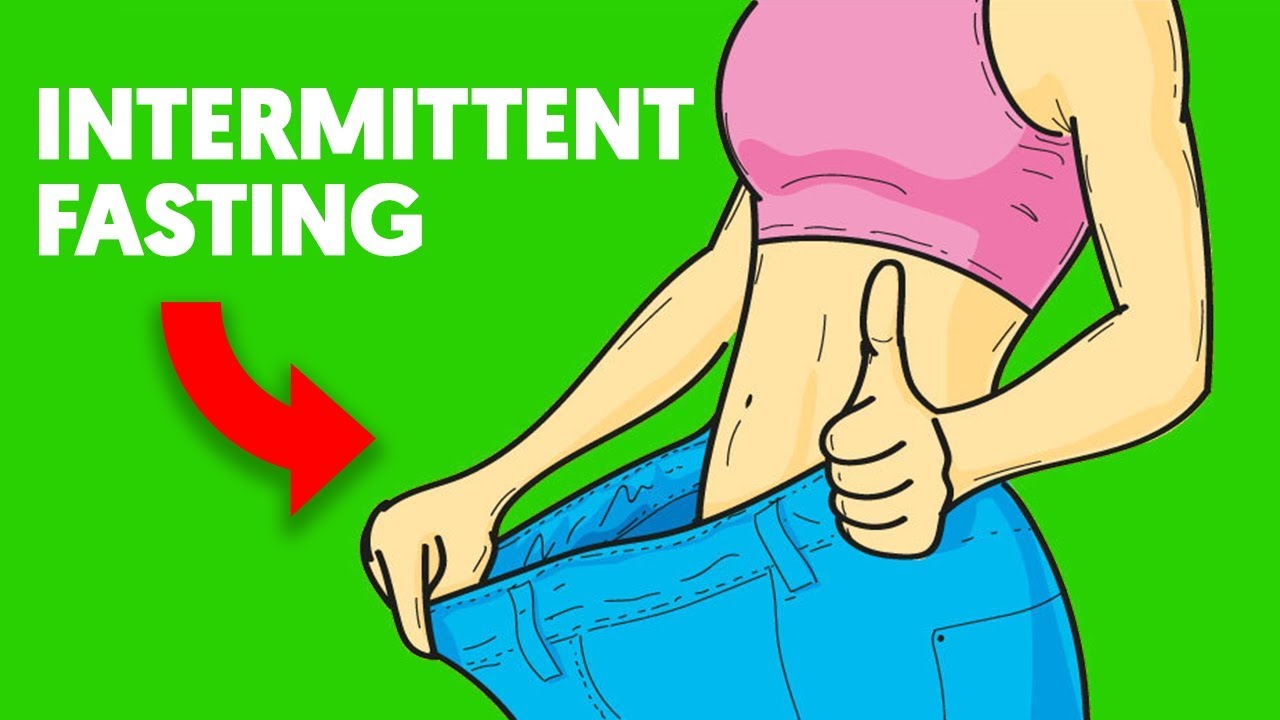
Intermittent Fasting Video – 1
- Post author:admin
- Post published:May 10, 2021
- Post category:Uncategorized
- Post comments:0 Comments
You Might Also Like

OneTouch SelectSimple Demo

BODYBUILDING MOTIVATION ~ This will Destroy you

Components OF Skill Related Fitness
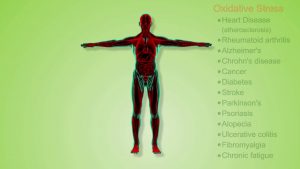
Oxidants and Antioxidants
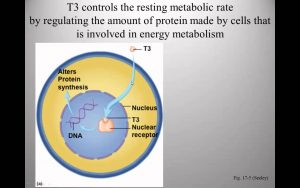
Introduction to the Thyroid gland and Thyroid hormone

WHEY PROTEIN or MASS GAINER? (Tips for Beginner)

RVision: Rutgers Wrestling Offseason Strength Workout
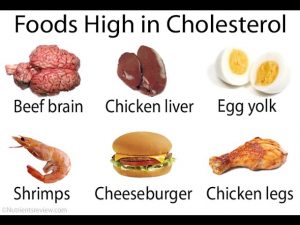
What is Cholesterol……? Why We Must Control Cholesterol…..? Reason for Heart Attack…..

HowSteroidsWork

High Intensity Training Video – 2

Fat Burners 2018 (Natural & Supplements) | Fitness and Nutrition Expert | iTheFitDiva

| Day 17 | Complete BACK Workout for Beginners! (Hindi / Punjabi)

3 Key Chest Exercises To Build The Upper Chest

First Aid Video – 5

Drug and Medicine

Preacher Pulley Curl-2

KUWTK | Kris Jenner Interferes With Pregnant Khloé’s Workout | E!

How To Do One Hand Triceps Extensions | TRICEPS WORKOUT DATABASE

Functional Training Video – 3

Triceps Pulley – RJNet Training

Sport Meaning

How to Give Someone an Insulin Injection

Basal Metabolic Rate (BMR) Explained

Anesthesiology Video – 2
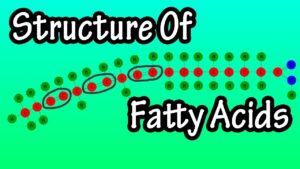
Fatty Acids – What Are Fatty Acids – Structure Of Fatty Acids – Types Of Fatty Acids

How To: High Cable Chest Fly
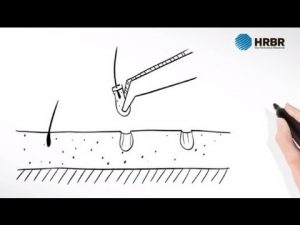
What is a Hair Transplant Procedure – HRBR – Hair Restoration Blackrock

Criminal Psychiatry Video – 3

Suicide Sprints Conditioning Drill
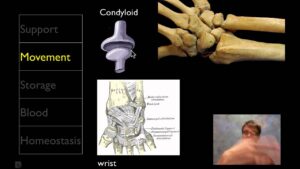
The Skeletal System
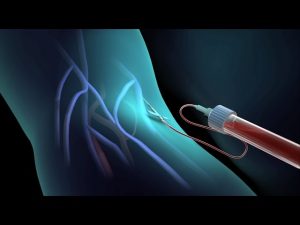
Blood Test for Cholesterol | Nucleus Health

Bodybuilding Video – 1

Sleep Medicine Video – 3

Close Grip Barbell Bench Press | Arm Workout
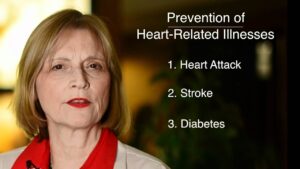
Chocolate Nutrition Video – 1

How to do a Basic Transthoracic Echocardiogram: Transducer Position and Anatomy
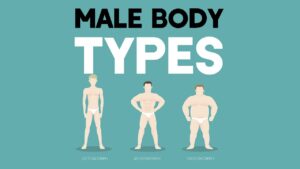
Male Body Types: Different Somatotypes

6 Cable Tricep Exercises For Bigger Arms

Athletics Video – 2
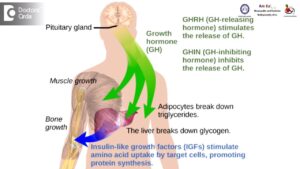
HGH, Growth Hormones & Plant Hormones Video – 27

6 Months Post-Op❗Gynecomastia Gland ?Removal At The Long Island Gynecomastia Center By Dr. Lebowitz
